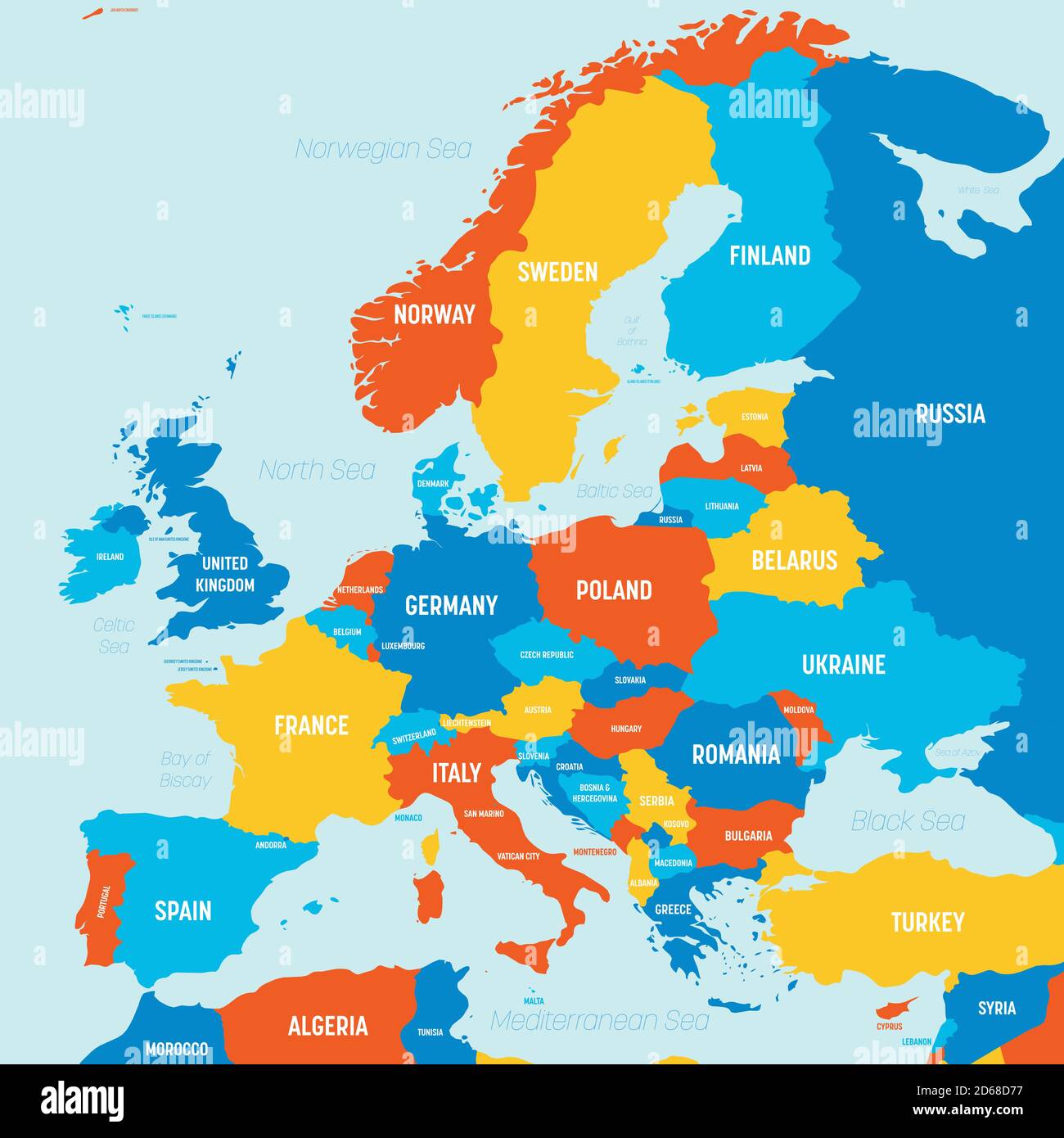The Europe-Iran Nuclear Deal: Navigating A Shifting Geopolitical Landscape
The intricate dance of diplomacy surrounding the Europe-Iran nuclear deal remains one of the most critical and complex geopolitical challenges of our time. This agreement, officially known as the Joint Comprehensive Plan of Action (JCPOA), has been a cornerstone of international efforts to prevent nuclear proliferation, yet its future is perpetually shrouded in uncertainty. From the initial breakthroughs in Geneva to the current state of flux, understanding the nuances of this deal is crucial for anyone seeking to grasp the dynamics of Middle Eastern and global security.
The stakes are incredibly high. A successful resolution promises stability and reduced regional tensions, while a complete collapse could trigger a dangerous arms race and potential conflict. European nations, particularly the E3 (France, Germany, and the United Kingdom), have consistently played a pivotal role in attempting to preserve the accord, even in the face of significant headwinds. Their commitment underscores the shared international concern over Iran's nuclear ambitions and the broader implications for global security.
Table of Contents
- Historical Context: The Genesis of the JCPOA
- European Commitment Amidst US Withdrawal
- The Enduring Diplomatic Efforts
- Iran's Stance and Uranium Enrichment
- Broader Regional Tensions and Their Impact
- The E3's Pivotal Role in Preservation
- Future Prospects and Pathways Forward
- Why the Europe-Iran Nuclear Deal Matters Globally
Historical Context: The Genesis of the JCPOA
The journey towards the Joint Comprehensive Plan of Action (JCPOA) was long and arduous, marked by years of intense negotiations and fluctuating geopolitical landscapes. Prior to the comprehensive deal, Geneva served as a crucial stage for an initial accord between Iran and world powers in 2013. This preliminary agreement aimed to curb Iran's nuclear programme in return for a limited lifting of sanctions, setting the precedent for what was to come. The groundwork laid in 2013 eventually culminated in the comprehensive deal in 2015, a landmark agreement that promised to fundamentally alter the relationship between Iran and the international community.
At its core, the 2015 Europe-Iran nuclear deal was designed to prevent Iran from developing nuclear weapons by imposing verifiable limits on its nuclear activities. In exchange for these stringent restrictions, Iran was to receive significant sanctions relief, opening its economy to the world after years of isolation. This delicate balance of concessions and commitments represented a monumental diplomatic achievement, demonstrating the potential for multilateralism to address even the most intractable global security challenges. The agreement was seen by many as a vital tool for non-proliferation, offering a pathway to peacefully manage Iran's nuclear ambitions rather than resorting to more drastic measures.
European Commitment Amidst US Withdrawal
The resilience of the Europe-Iran nuclear deal was severely tested when the United States, under President Donald Trump, unilaterally pulled out in 2018. This withdrawal dealt a significant blow to the accord, re-imposing crippling sanctions on Iran and creating immense pressure on European businesses to disengage from the Iranian market. Despite this major setback, the European Union and its member states, particularly the E3 (France, Germany, and the United Kingdom), showed remarkable backbone in their determination to uphold the 2015 nuclear deal with Iran. This steadfast commitment was more than many, including some former U.S. officials, would have expected from the old continent, highlighting Europe's distinct strategic calculus.
For four years following the U.S. withdrawal, European diplomats worked tirelessly to keep the agreement alive, even as its mechanisms faltered. They sought to create special financial instruments to facilitate trade with Iran, attempting to mitigate the impact of U.S. sanctions and demonstrate that the economic benefits of the deal could still be realized. While these efforts were not enough to keep the agreement fully alive in its original form, they underscored Europe's belief that the JCPOA, despite its imperfections, remained the best available framework for managing Iran's nuclear program. Their persistent engagement reflected a deep-seated conviction that diplomatic channels, even when strained, offer the most viable path to de-escalation and non-proliferation.
The Enduring Diplomatic Efforts
Despite the challenges, diplomatic efforts surrounding the Europe-Iran nuclear deal have continued, often in the shadows of escalating regional tensions. The European Union, while sometimes absent from formal negotiations, has consistently expressed its openness to dialogue, seeking to influence the next rounds of nuclear talks. These engagements are critical, serving as vital lifelines for communication and potential de-escalation in a volatile region. The commitment to ongoing talks, even without immediate breakthroughs, signifies a shared understanding among key players that diplomacy remains the most prudent course of action.
Meetings in Geneva and Istanbul
The diplomatic calendar has frequently featured high-level meetings in key European cities. Officials from Iran and three major European countries have often met in Geneva, in the latest diplomatic pushes amid rising tensions in the Middle East. These gatherings are not always about grand breakthroughs but often serve as platforms for maintaining dialogue and exploring avenues for de-escalation. Similarly, diplomats from Iran and the three European parties remaining in the moribund 2015 nuclear deal have met in Istanbul. These were often their first rounds of talks since significant shifts in the geopolitical landscape, such as the U.S. withdrawal, underscoring the necessity of persistent engagement.
These meetings, whether in Geneva or Istanbul, are crucial for keeping the channels of communication open. For instance, Iran held talks with European powers in Istanbul on a specific Friday to discuss its nuclear negotiations. These discussions often coincided with moments of heightened pressure, such as when then-President Donald Trump issued fresh warnings for Tehran to move quickly towards a deal. The very act of meeting, even if no immediate concrete breakthrough is announced, signals a willingness to engage and offers what European negotiators have sometimes referred to as "breathing space," allowing for a pause in escalating rhetoric or actions.
Challenges vs. Breakthroughs
The path of diplomacy is rarely smooth, and talks concerning the

europe map hd with countries

European political map hi-res stock photography and images - Alamy

europe map hd with countries